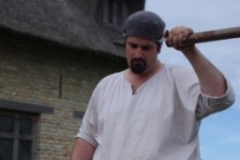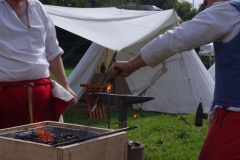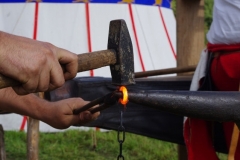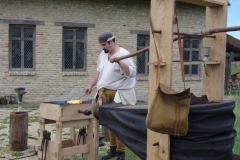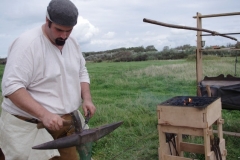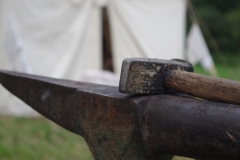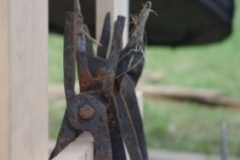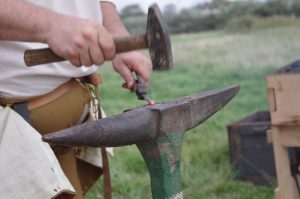
In the Middle Ages, iron work took a major place in daily life and encouraged the development of our civilization after the Bronze Age. Metal is becoming ubiquitous, both in everyday life and in military art. For civilians, these are more solid tools and structures (rimmed wheels, nails, knives, locks, plowshares, axes, chains, etc.).
For the military, stronger weapons, more resistant protections (full plate armor, caparons, etc.) and new weapons (cannons, powder bolts, etc.) are emerging. The medieval blacksmith is one of the central figures of feudal society and is indispensable in every town or village.
Some pictures
